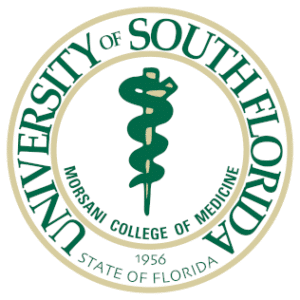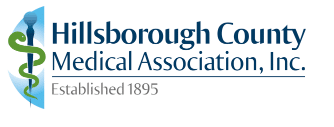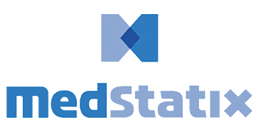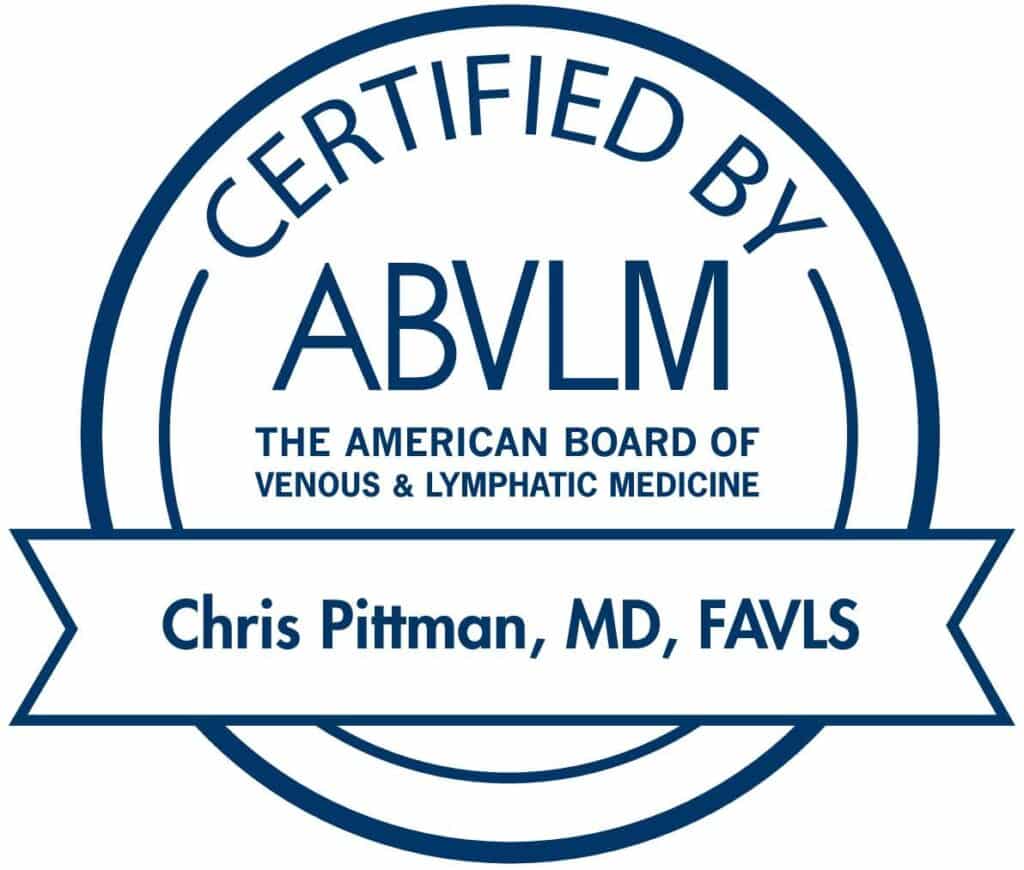We are Florida’s authority on vein disease, as well as the experts in diagnosing and treating vein disorders.
Vein Disease Symptoms and Information
As with any other disease, early detection and treatment of vein disease is essential to minimizing the effects and the impact on your overall good health and well-being. We are Florida’s authority on vein disease, as well as the experts in diagnosing and treating vein disorders. We specialize in treating vein diseases such as spider veins, reticular veins, varicose veins, facial veins, rosacea, varicose veins relating to the hormonal changes experienced during pregnancy, pelvic veins relating to Pelvic Congestion Syndrome (PCS) such as groin, labia, vulva, buttocks, and more.
What Is Vein Disease?
Veins play a crucial role in circulating blood throughout the body by carrying oxygen-depleted blood back to the heart. The term “vein disease” refers to a group of medical conditions related to these flexible, hollow tubes. Many venous conditions develop when one or more veins—particularly in the legs—become weakened or damaged.
Often, vein disease occurs when the one-way valves inside the leg veins malfunction. Normally, these tiny valves work in conjunction with the calf muscles as the muscles contract and relax to regulate the flow of blood. When a vein valve malfunctions, however, some of the blood en route to the heart may flow backward and pool in the vein.
Risk factors for vein disease include advanced age, obesity, genetics, high blood pressure, pregnancy, prolonged sitting or standing, and oral contraceptive use. If left untreated, a venous disorder can lead to potentially serious complications, such as blood clots, so it is important to promptly seek specialized medical attention if symptoms develop. Vein911® Vein Treatment Centers is the authority on vein disease in Tampa, Florida. Our experienced team specializes in diagnosing and treating all types of venous issues.
What Are the Warning Signs of Vein Disease?
Vein disease is common. According to the American Vein & Lymphatic Society, up to 80 million people in the United States have it in some form or another. Although mild cases are not usually problematic, it is still important to seek medical attention for symptoms such as:
Swelling in the lower legs and ankles, which may worsen throughout the day
What Are the Types of Vein Disease?
Vein disorders can range from purely aesthetic issues to potentially serious medical conditions that can be a precursor to severe complications. The various forms of vein disease include:
Small, painless, web-like clusters of red, blue, or purple veins on the legs or face, which may be a cosmetic concern
Enlarged, swollen, and knotted veins, which may be visible in the legs and sometimes cause discomfort
A long-term condition in which the veins do not effectively pump blood, leading to leg swelling, pain, ulcers and skin changes
Open sores on the skin near the ankles, which may accompany CVI
A blood clot in a deep vein, which can potentially dislodge, travel through the bloodstream to the brain or lungs and cause a life-threatening stroke or pulmonary embolism
Painfully enlarged veins in the pelvis, particularly in women
Talk With a Vein Doctor
If you have symptoms of vein disease, you can consult with a vascular specialist at Vein911® Vein Treatment Centers. After evaluating your venous issue, we can suggest a customized treatment plan to relieve your discomfort (if any) and improve the appearance of your veins. Contact us today to book a consultation in Tampa, FL, where you can learn about the vein treatment options we offer and find out which approach may be right for you.










